George and William Bray, colorful owners of ancient Taylor-Bray Farm in Yarmouth from 1896 to 1941, deserve a more celebrated place in town history, as revealed by digitized archives of the Yarmouth Register. Until now the bachelor brothers have been principally remembered as a couple of elderly gents who sold strawberries from a wheelbarrow on the side of Old King’s Highway in the early decades of the 20th century. Others might recall a tall tale about “the boys” and their pet snake. But a thorough examination of the newspaper’s archives have yielded a trove of new information that tells a story about two successful small farmers who were also discriminating collectors of antiques and Native American artifacts.
The bachelor brothers, who grew up in the Weir Village neighborhood of Yarmouth in the late 19th century, were the sons of a mariner who later settled down to “agricultural pursuits.” “The boys” received some formal education at the North Side School and, judging from family obituaries, came from a home that valued honesty and hard work.
Road to Weir Village
The brothers buy the farm
George and Willie purchased what is known today as Taylor-Bray Farm for $400 in 1896, but it is likely that in the years before they acquired the property they were leasing the place from the last generation of the Taylor family who no longer lived at the farm.
The brothers grew cranberries and were described in the Yarmouth Register in 1914 as “prosperous Hockanom market gardeners” selling strawberries and other produce. Willie took his interest in farming to another level as an active member and officer of the Cape Cod Grange, an agricultural movement that reflected the area’s once rural character.
During those early years as farmers it appears that George & Willie supplemented their incomes by working as laborers and carpenters. This work included taking down decaying historic homes in Yarmouth and Dennis and sometimes selling salvaged fixtures like fireplace mantels. Perhaps this was the beginning of their antiquing, an interest complimented by their activities collecting Native American artifacts, many of which were reportedly found at the farm and nearby locales.
Bray Farm
Collecting and Antiquing
Whenever George and Willie’s collecting and antiquing activities began, the record shows the brothers went at it with a fervor that led the Yarmouth Register to observe in 1932 that it had never seen “a larger private collection in this vicinity.” Over several decades the brothers built a successful antique business that amassed an array of exotic artifacts from the Cape and around the world.
A Yarmouth Register reporter who visited George Bray in 1938 described the farmhouse as being chock-o-block full of heirlooms and collectibles: antique furniture, old guns, original Currier & Ives lithographs, African and South Pacific weapons (“an entire kitchen wall covered with South Sea bows, arrows, spears, hatchets and so on”) and scrimshaw of every kind. The reporter was particularly taken with an intricately carved, man-sized wooden shield from Africa that George acquired at a Nantucket auction. The farmhouse was also brimming with pre-colonial artifacts consisting of “case after case of arrowheads and spearheads and chests and ancient bureaus full of axes, pestles, mortars, net weights, and tools of all descriptions.” The boys also developed an appreciation for antique books, so much so that the president of Hyannis Teachers College singled out their collection for special praise.
A tall tale from the farm
The Bray brothers’ reputation for unconventionality might have had some roots in this tall tale published over thirty years ago in Cape Cod Compass magazine:
Still another case of isolated living involved the Bray brothers of old Yarmouth, a pair of elderly brothers who dwelt by themselves in a home some distance on the seaward side of Cranberry Highway. Perhaps they would have been granted isolation even if they had not sought it, for as the years went on their house developed gaps and sags, and they cultivated an ominous-looking companion that took advantage of the holes in the floor boards. He was a sizable snake, long and fat, and when the Bray brothers would sit down to eat, they would place a platter of milk on the floor beside their chairs and rap on the wood with their heels. And up would come the snake, slithering through the floor, to join the Brays for dinner.
A star-crossed legacy
William died in 1937 and George lived on by himself in the old farmhouse in Hockanom by the great expanse of Black Flats marsh. When George Bray died in 1941 he left “one chest of ivory ornaments and decorations, all my Indian relics, and all my South Sea Island relics” to the Society for the Preservation of New England Antiquities (SPNEA). The Bray Collection came back home to Taylor-Bray Farm in February 2019 as an unrestricted gift to the Taylor-Bray Farm Preservation Association from Historic New England (SPNEA’s successor organization).
That’s the good news. The bad news is that the brothers’ legacy as collectors has been diminished by robberies. In 1935 and 1966 a significant number of Native American artifacts and an antique gun collection were stolen. And if that’s not enough bad news to earn the Bray Collection a star-crossed moniker, another burglary in 1988 clinched that label when all but one of the Bray Collection’s many whale tooth scrimshaw were stolen and have never been recovered. Moreover, the bulk of the Native American artifacts in the SPNEA bequest have been misplaced over the years or simply disappeared.
But not all was lost. Many of the Bray Collection’s “ivory ornaments and decorations” remain as do most of the “relics” from the South Pacific and they are on display at the Taylor- Bray farmhouse.
By Jack Duggan




